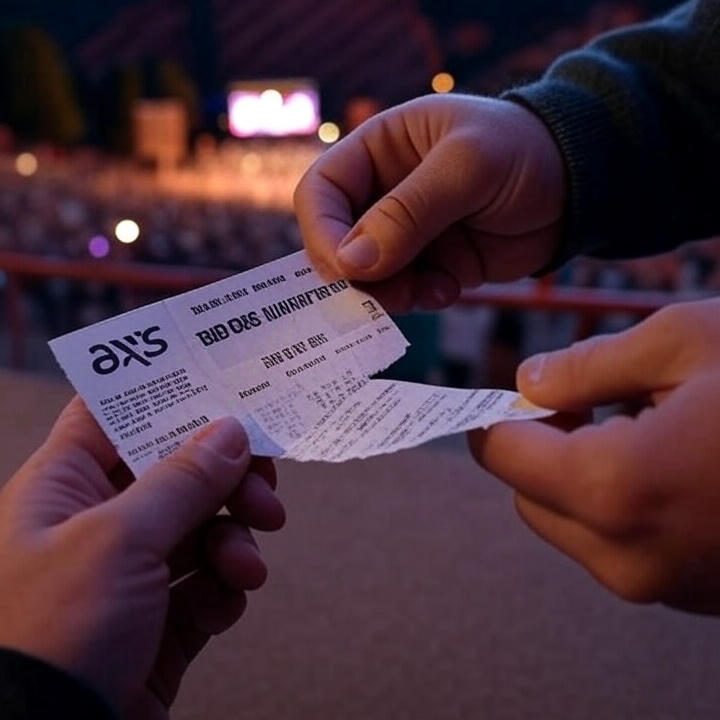Daily Bread Music Review
18th May 2024Laurel Hell, So Are We, and Retired From Sad, New Career in Business
19th May 2024Subtronics has made waves with his hard hitting dubstep & riddim productions, earning himself one of the highest booking rates in modern bass music. His innovative sound design techniques are one reason he remains so sought-after by audiences everywhere.
Jesse Kardon, commonly referred to by his stage name Subtronics, is an American DJ and producer best known for his collaborations with artists like GRiZ, Excision, Rezz as well as festival-ready face melters.
Cyclops Recordings
After wowing audiences with his eccentric bass sound on stages across North America and beyond, Jesse Kardon aka Subtronics has established Cyclops Recordings as a new home for bass music. Through Cyclops Recordings he hopes to showcase multiple styles within bass music, connecting artists and their fan bases like never before. Boot Camp, his inaugural compilation series is comprised of three EP-sized volumes covering High Knees Headquarters, Psychedelic Division and Heavy Artillery Division respectively.
Tracks cover everything from hip hop and drum n bass, to Subtronics’ signature wook trap vibe. Chee’s “Point Breeze” is smooth with just the right amount of wobble while EAZYBAKED, MOLOKAI and Saka’s “Killjoy” is downright disturbing: featuring slow basslines and drippy synths; sure to become festival favorite once back. Akeos “Makura” and Syzy’s “Poison Muffins” both feature scratchy yet slow BPM that will get any bass lovers moving!
Cyclops Invasion Tour
Subtronics has built up an enormous fan base known as his Cyclops Army, so it comes as no surprise that he’s taking his tour on the road with him – the Cyclops Invasion tour will hit clubs and mid-sized venues across the US from late January until March. Support acts include HE$H, Chee, Bommer and Level Up!
Are you eager to witness his electrifying live set firsthand? Presale tickets are now on sale, with general on-sale on Friday, October 11. Visit his official tour landing page for more information.
Fractals
Fractals are mathematical patterns made up of identical smaller units connected by lines. Fractals have many real world applications such as 3D modeling and terrain design, among others.
Modeling natural phenomena like coastlines and clouds allows scientists to gain a better understanding of them, while their practical uses also include aiding medical imaging and deciphering data encryption schemes.
Traders use fractals in technical analysis to predict market trends. Fractal theory holds that similar patterns tend to recur again and again, suggesting potential price reversals.
One of the best-known examples of fractals is Koch snowflake, made up of interconnecting triangles. Other notable fractals are branching tree branches or hexagons found in beehives; both patterns have self-similarity properties known as zoom symmetry that allow them to appear similar at any scale.
String Theory
As part of their search for an ultimate theory that could unify all four forces in the universe, physicists turned their attention in 1984 to string theory – an intriguing yet ultimately enigmatic field which postulates that fundamental particles like quarks, leptons and bosons may actually consist of smaller-than-imaginable lengths of stringy “stuff,” with different vibrations representing each of nature’s four known forces.
String theory’s equations reveal that there may be additional dimensions beyond those we perceive: left/right, back/forth and up/down. Physicsts were faced with either making sense of these extra dimensions or abandoning their theory altogether.
Leonard Susskind of Stanford University presented an epochal solution in 1994: extra dimensions are actually “branes,” and gravity acts through them to exert force on Earth. This discovery proved essential in making string theory an unperturbable mathematical framework.




